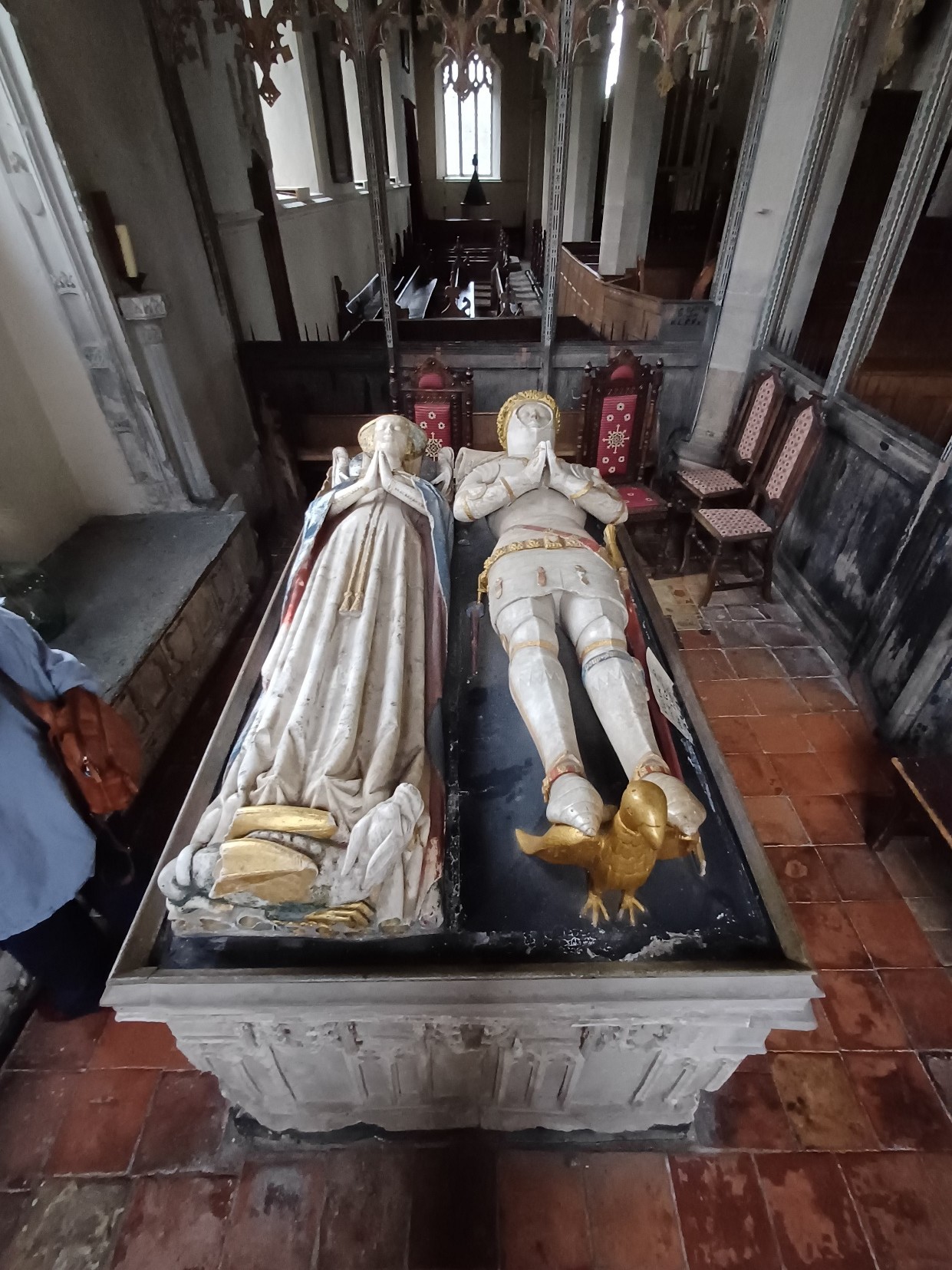Our Hundred Years War Wanderings are not, of course, confined to the “vasty fields of France.” The conflict spread far across Europe and its traces may be found throughout the British Isles. As we have already seen, in considering the battle of Baugé, many of England’s mediaeval churches contain reminders of parishioners who served abroad.
Few are as impressive as the chantry chapel, at Dennington in Suffolk, erected for himself and his wife, by William Phelip, 6th Baron Bardolf in the late 1430s. The delicate and beautifully coloured woodwork of the chapel forms part of a scheme, consisting of two chapels, respectively north and south of the nave, each with an airy walkway, which once crossed under the chancel arch, to form a loft to the rood screen.
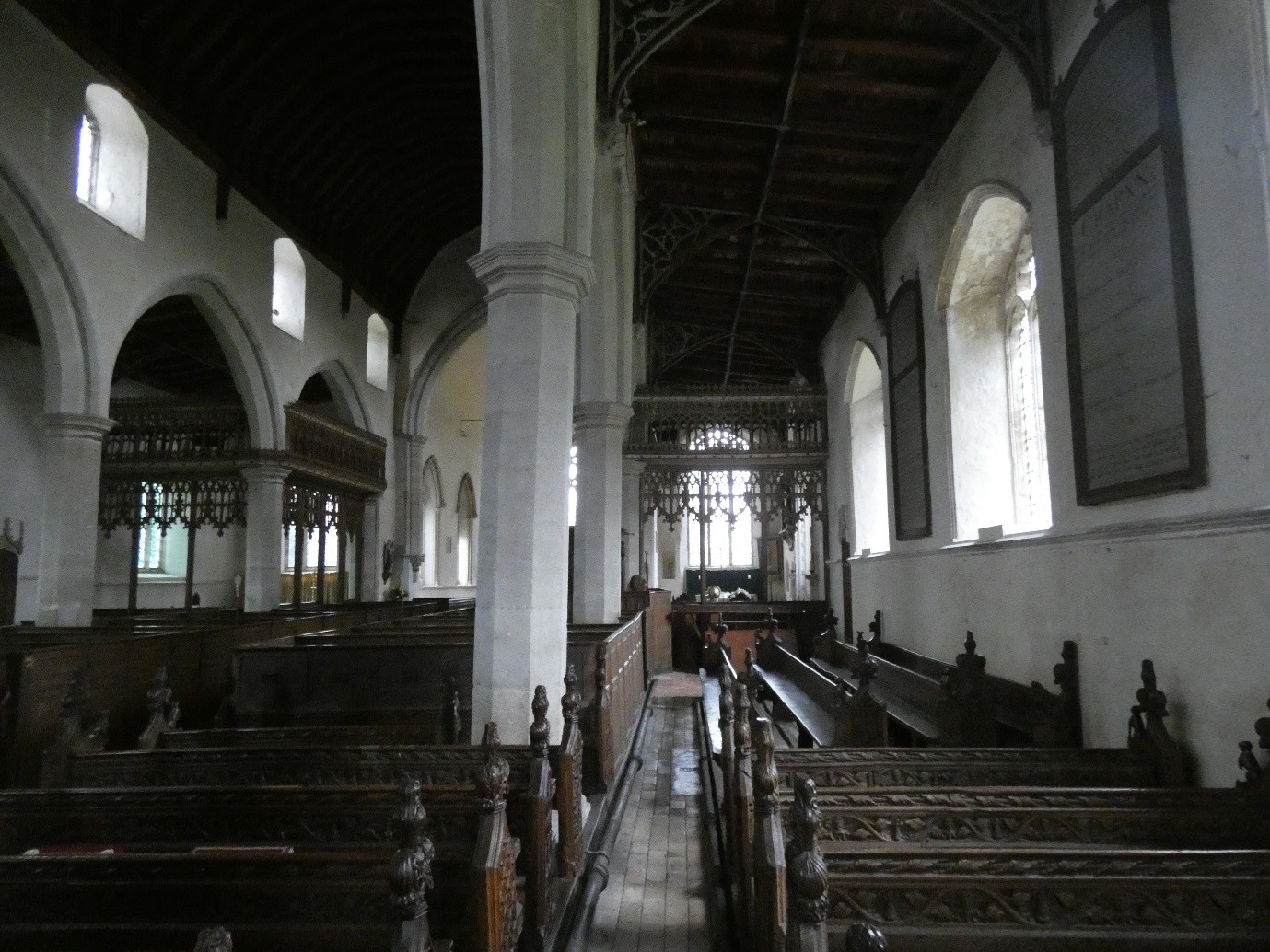
There is a glimpse here of the lost glory of the pre-reformation English church. However, another marvel lies within the Bardolf chantry. Here, on an alabaster tomb chest are effigies of William Lord Bardolf and his wife, Joan. He lies fully armoured, appearing just as many English men-at-arms did during the final decades of the Hundred Years War.
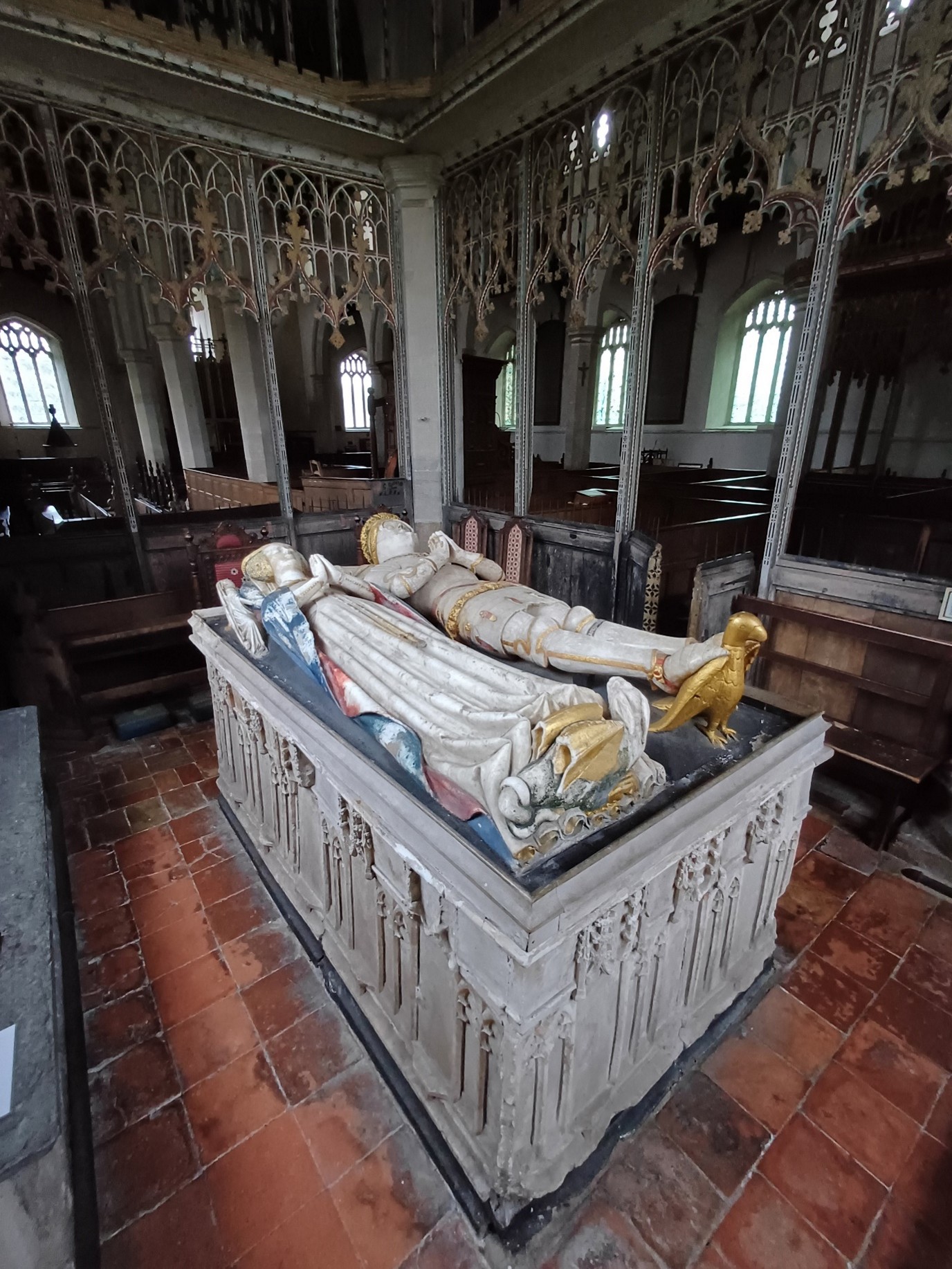
Bardolf had served under Henry V in 1415, contracting to bring nine men-at-arms and thirty archers with him, to Harfleur and then Agincourt. His service in France was both military and administrative, Bardolf being sent in 1420 to negotiate the surrender of the castle of Melun and the following year acting as both Captain of the garrison of Harfleur and Treasurer of the Royal Household and Treasurer of War.
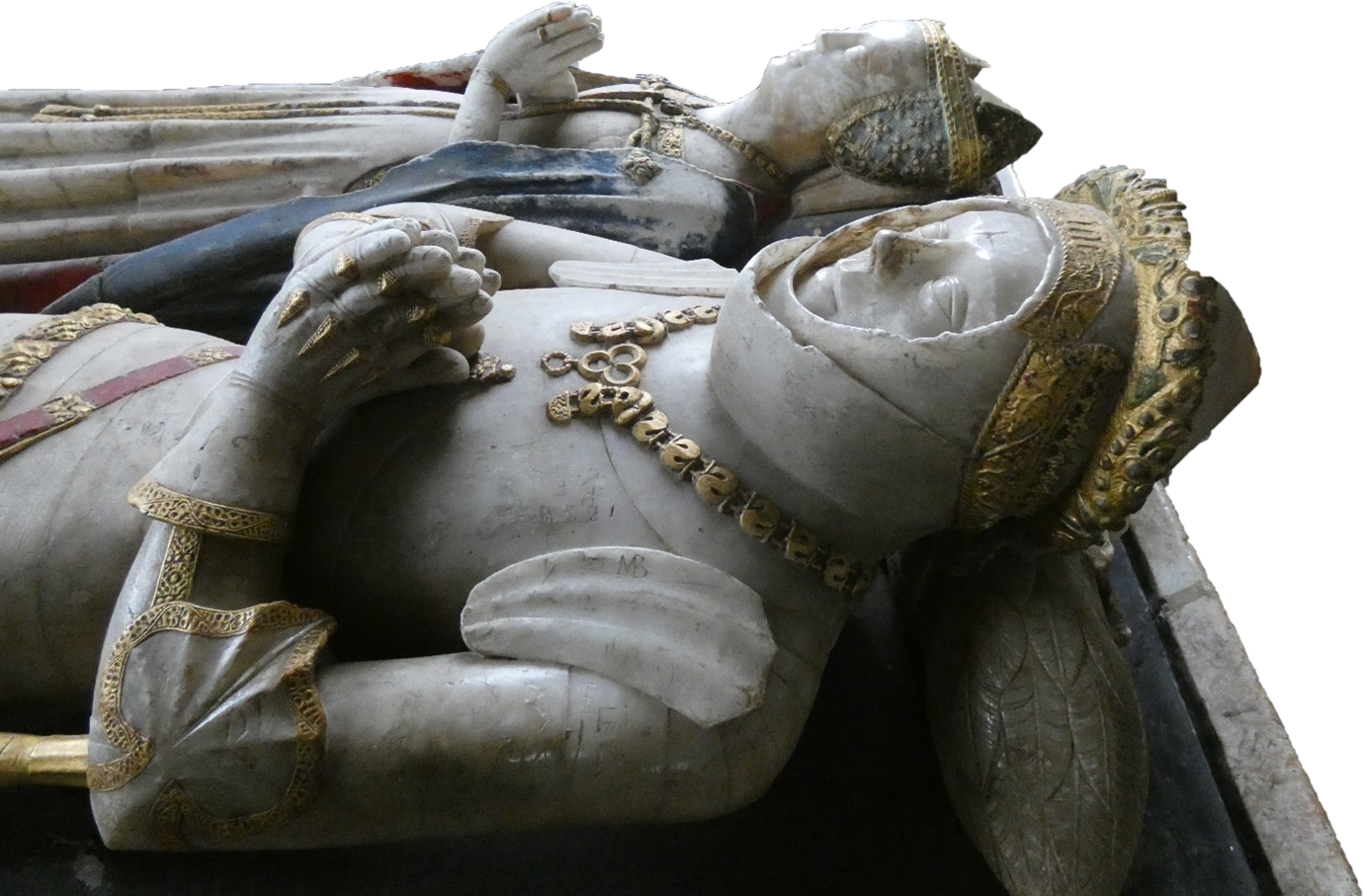
Bardolf’s loyal service to the Lancastrian kings led to his promotion to the Order of the Garter in 1418; the insignia of which is carefully carved onto his tomb. His effigy also wears the gold livery collar of SS, to denote his loyalty and service. From 1430-1432, Bardolf once again campaigned in France (taking a retinue of eighty men); returning home to become Chamberlain of Henry VI’s household and a member of the Royal Council.
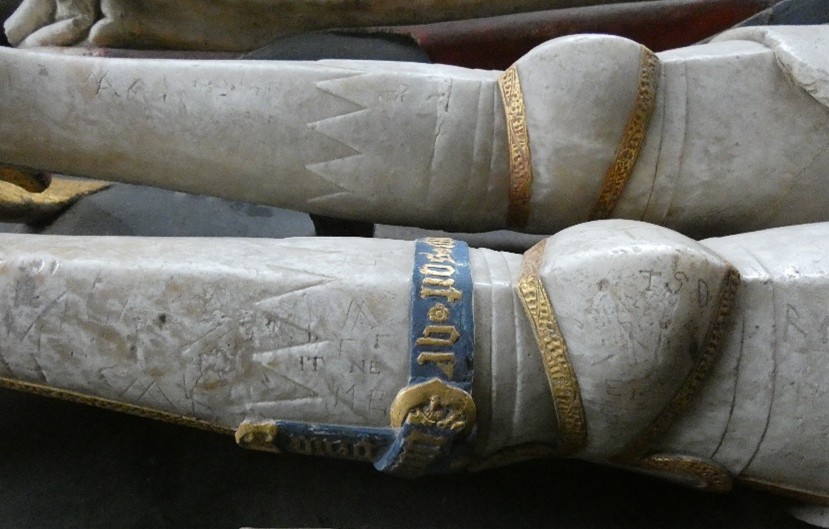
The chantry chapel at Dennington and the tomb it contains, illustrates well the wealth which could accrue from service in France and the astute management of its rewards – both financial and in terms of political influence. There are not many monuments so well preserved, relatively unblemished, permitting us to look in the face and at the armour and equipment of a veteran of the French Wars.
